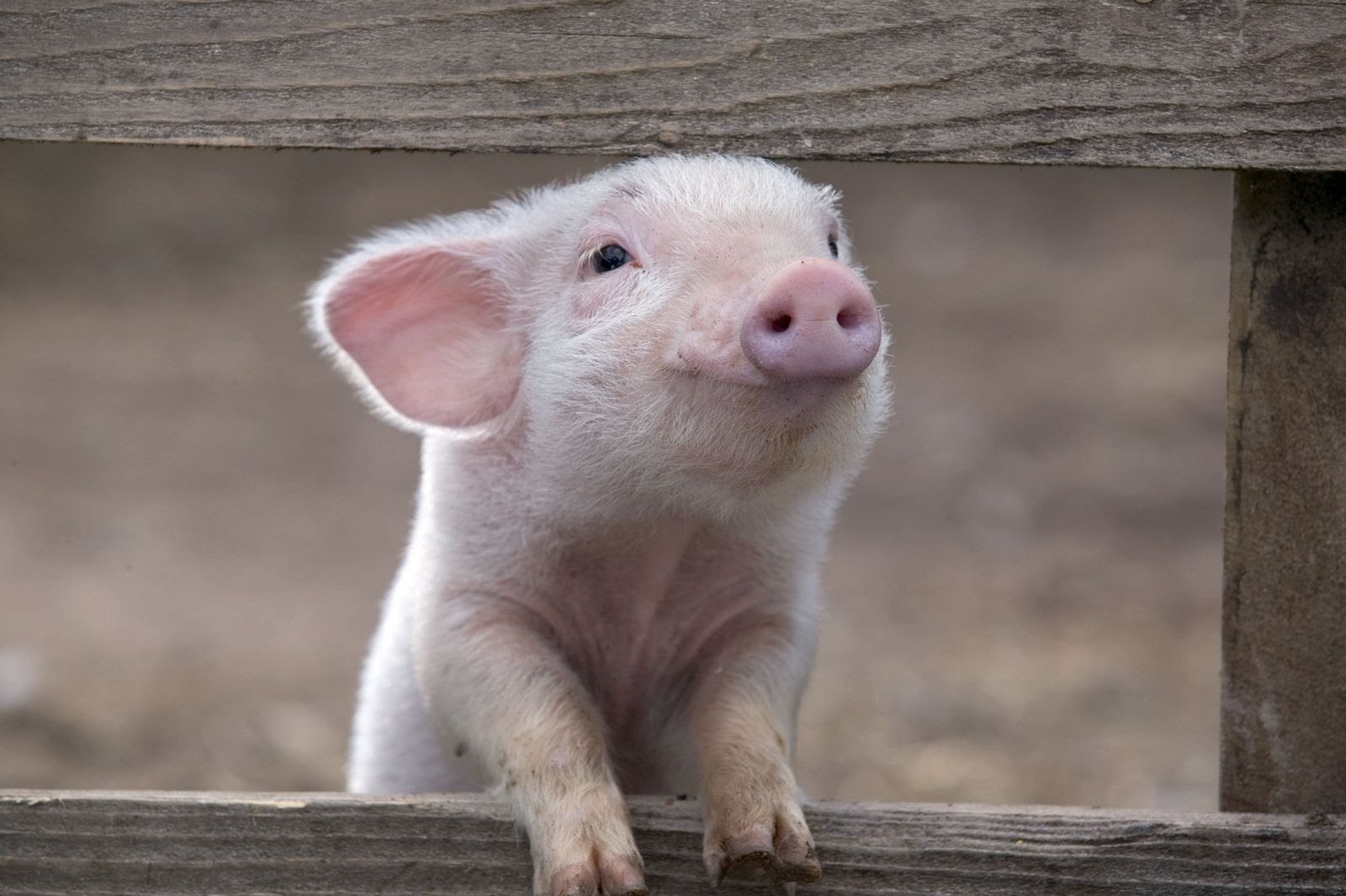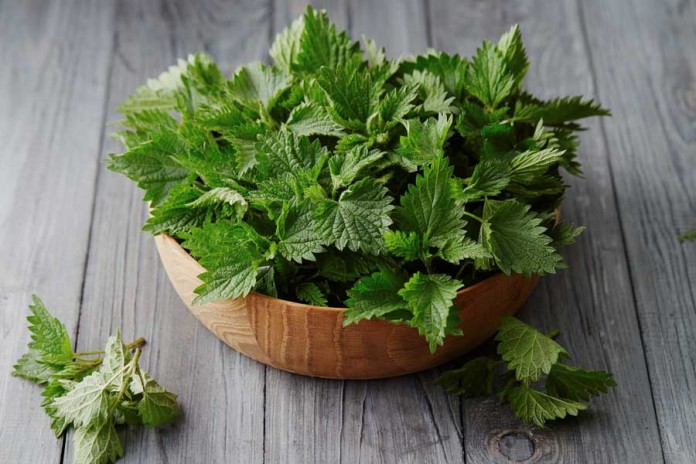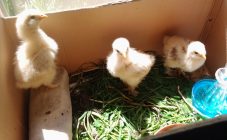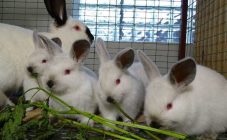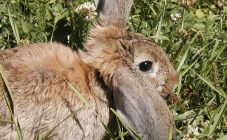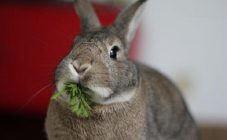Content:
Pork is one of the most consumed foods in the world. It belongs to the easily digestible types of meat. Pork fat is less harmful to the heart and blood vessels. It contains many B vitamins, unlike lamb and beef. Therefore, in rural areas, piglets are raised in almost every backyard. You need to be very careful about the process of feeding them. The pig's stomach is not a trash can where you can dump all the waste. Feeding should be correct and balanced.
Pig feeding periods
Up to 1 month old, small piglets feed on mother's milk and grow up to 10 kg during this time. But even during this period, they need to be given additional fertilizing containing vitamins, macro- and microelements, especially iron. Already in the first week, it is worth pouring compound feed in the trough in the form of granules with the addition of toasted barley, corn flakes. You also need to give babies at this time red clay in small lumps to increase iron in the body and charcoal to remove gases from the stomach, especially since little pigs love to crunch them. Just pouring the charcoal into the trough will certainly be very good, but only if it comes from hardwoods.
Chalk is also given to strengthen bones and increase blood calcium. Useful for piglets and sod, only it should not be removed where pigs used to graze in order to avoid infection with worms. Piglets are very curious, so they try to taste everything in the feeder. At the end of the first month, the piglets are already producing hydrochloric acid in the stomach, so the feeding ration needs to be expanded. From this time on, they should enter cereals cooked in milk, cow's milk and yogurt. You need to give in small portions - 5-6 times a day.
From the first days, the piglets can be offered grass, as it is a source of vitamins. It is best to give legumes. At the very beginning of complementary foods, the grass is crushed into a fine section and brewed with boiling water.
Piglet feeding is divided into 3 periods:
- Lactic. Lasts 2 months.
- Growing up - the time for a piglet to gain weight from 15-20 kg to 50-60 kg. Lasts up to about 4 months. During this period, you need to lay a solid foundation for the next feeding phase.
- Fattening. Starts at 4 months. At this time, a young boar or pig is gaining weight abundantly, so you need to feed them 2-3 times a day. There are 2 types of pigs feeding: meat and bacon.
What grass can be given to piglets and pigs
Piglets are advised to feed plants with a protein to carbohydrate ratio of 1: 2.5 - 1: 3.5. It is preferable to give legumes, such as:
- alfalfa;
- sweet clover;
- clover;
- corn.
These crops are rich in vitamins, proteins and minerals, which are very important for fattening pigs.
Of the crops listed, alfalfa is the best choice. Upon reaching a height of 10-15 cm, piglets can eat it without restriction.
Clover is also very popular with little pigs, in addition, it is in young shoots that they contain a lot of protein and fiber.
Cruciferous plants (cabbage, rapeseed, turnip) are also useful for piglets. Rapidly growing rapeseed is the most optimal option for feeding these animals.Pigs of all ages love him very much. This plant contains a lot of sulfur, due to which the digestive system of piglets works much better. Cabbage is used less often as a feed and not much. Before slaughter, they stop feeding cabbage for about a month, otherwise the meat will acquire a sour taste. At turnips, the tops are first fed, and then the roots themselves.
Almost from birth to slaughter, piglets are also given such green herbs: nettle, quinoa, vetch, burdock, as well as dandelion, peas, clover, alfalfa, beet tops, pumpkin and zucchini leaves. In summer, these grasses are visible and invisible all around, which significantly reduces the cost of meat.
Many novice breeders do not know how to feed piglets with nettles. If it has already outgrown, then it must be brewed, but the young one can simply be chopped in a trough and mixed with other feed. Nettles can also be dried, chopped and added to feed. The piglet should receive about 8 kg of greens per week. This amount is enough to better absorb food, as well as grow and develop faster. Eating green mass improves the quality of pork.
Also, many are worried about whether it is possible to give euphorbia to pigs (since there are many poisonous species in the euphorbia family). The answer is simple: yes, you can. In addition to milkweed, piglets can be given almost any weed from the garden: sow thistle, clover, quinoa. By the way about the swan. It is considered a poisonous herb, but during the war it saved many lives, and livestock still eats its delicate silky stems and leaves. So the question of whether it is possible to give piglets a quinoa disappears by itself. In addition, piglets have a well-developed sense of smell, and they will not eat harmful grass, but eat the one that they need at the moment.
At home, you can prepare many herbs for future use. They can be dried (best in the shade), crushed and stored in a sealed container.
Diet of adult pigs
The diet of animals depends on gender and season. It is best to feed pigs with compound feed, consisting of:
- cereals;
- bran;
- dry skimmed milk;
- meat and bone meal;
- fish meal;
- yeast.
Its composition must be balanced, having all the useful substances.
Summer period
In the summertime, it would be very beneficial to release pigs into the meadow. If there is such an opportunity, then it is necessary to graze in the morning, before the sun begins to bake, and in the afternoon to avoid reddening of the skin (piglets, like people, can sunbathe). But often this is impossible, in which case the owner himself must provide his pigs with green food.
Winter period
In winter, piglets are given dry chopped hay, dried nettles and other harvested herbs with the addition of concentrated feed. They also give silage. When there is no green forage, pigs eat it with pleasure.
Nutrition table
| Norm | Prestarter | Weaning | Diet compound feed | Growing up, | Growing up, | |
|---|---|---|---|---|---|---|
| 12-20 kg | 20-30 kg | |||||
| Energy, MJ | up to 13.4 | 13.4 | 13 | 13.8 | 13.4 | |
| Lysine, OE | 1 | 1 | 1 | 0.95 | 0.85 | |
| Protein, g | 190 | 190 | 165 | 185 | 180 | |
| Fiber, g | — | 40 | 40 | 35 | 30 | |
| Calcium, g | 8.5 | 7.5 | 6.5 | 7.5 | 7.5 | |
| Phosphorus, g | 5.5 | 5.5 | 5 | 5.5 | 5 | |
| Sodium, g | 1.5 | 1.5 | 1.5 | 1.5 | 1.5 |
Potatoes should not be eaten raw, as they contain a poisonous substance that is dangerous for pigs. Moreover, you can not give green potatoes. Beets, on the other hand, should be offered raw. And it is better if it is stern, and not red.
The following plants can also cause poisoning in pigs:
- Black nightshade - the whole plant is poisonous, especially berries in an unripe state;
- cockle is a beautiful flower with poisonous seeds;
- buttercup is a plant that lives on the banks of rivers and other bodies of water. It is most poisonous in the spring and is then attractive to piglets;
- intoxicating tares;
- milestone poisonous. In this dangerous plant, poisoning can be caused by the stem, leaves and rhizome;
- datura is also considered a poisonous plant, especially its fruit.
Experienced breeders advise that in order to raise a good boar or mumps you need:
- Avoid even the slightest draft in the pigsty. Young pigs catch colds very quickly, and a sick piglet grows poorly.
- Prevent anemia. For this it is worth giving clay and iron-containing preparations.
- To avoid stress, remove the piglets from the mother gradually.
- On the first day after weaning, piglets are stressed, so it is not worth feeding them that day.
- Gradually add the amount of feed over 2 weeks.
- It is obligatory to introduce legumes (10-20%), sunflower cake (10%) and fodder yeast (8-10%) into the diet of weaned pigs.
- Wash and chop root crops thoroughly.
- Introduce more nettles, beet tops, dandelions, plantain grass and knotweed into the diet.
- Finely chop freshly cut grass, but it is not recommended to brew it so that vitamins do not die.
- Give the piglets crushed eggshells, adding 1.5 tbsp to the mash. spoons a day.
- When feeding with melons and root crops, chop them finely and season with crushed wheat or bran.
With proper care and a balanced diet, you can get a centner, or even more, first-class pork in 8 months. All of the above tips will help even a novice farmer add this.
